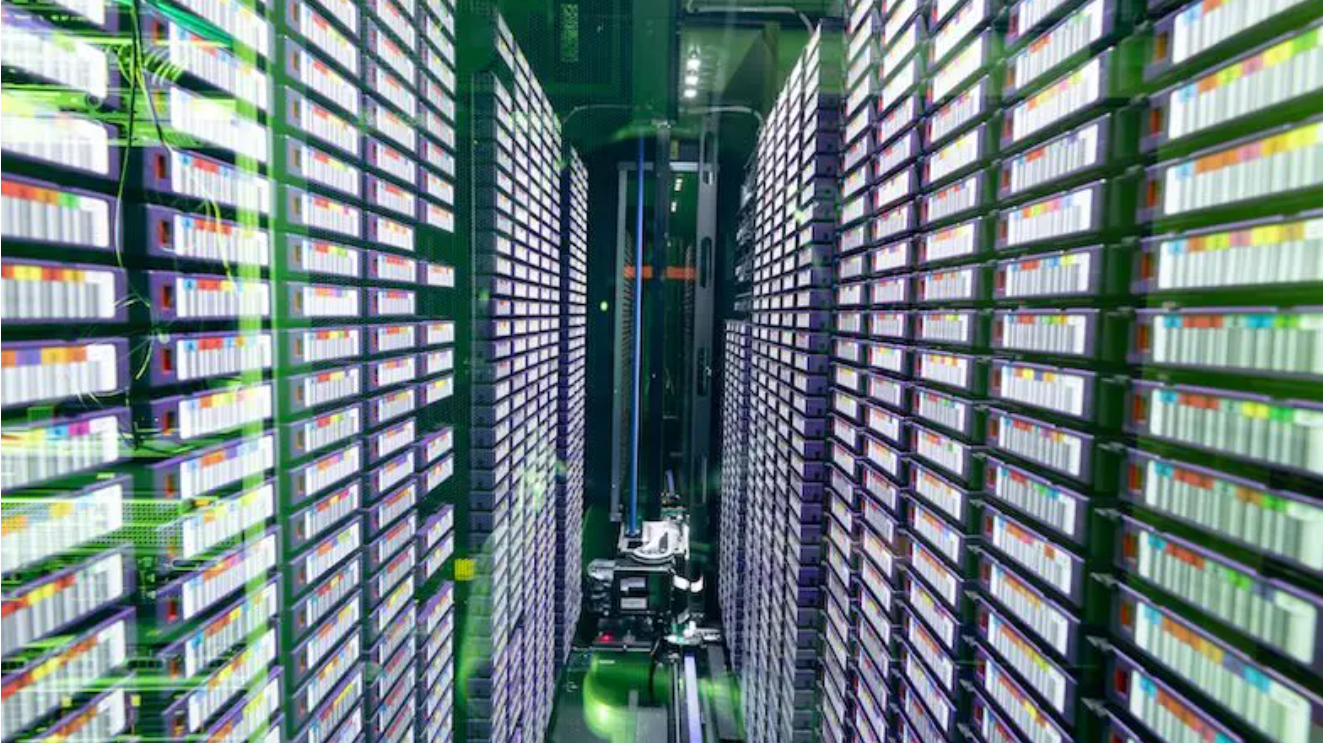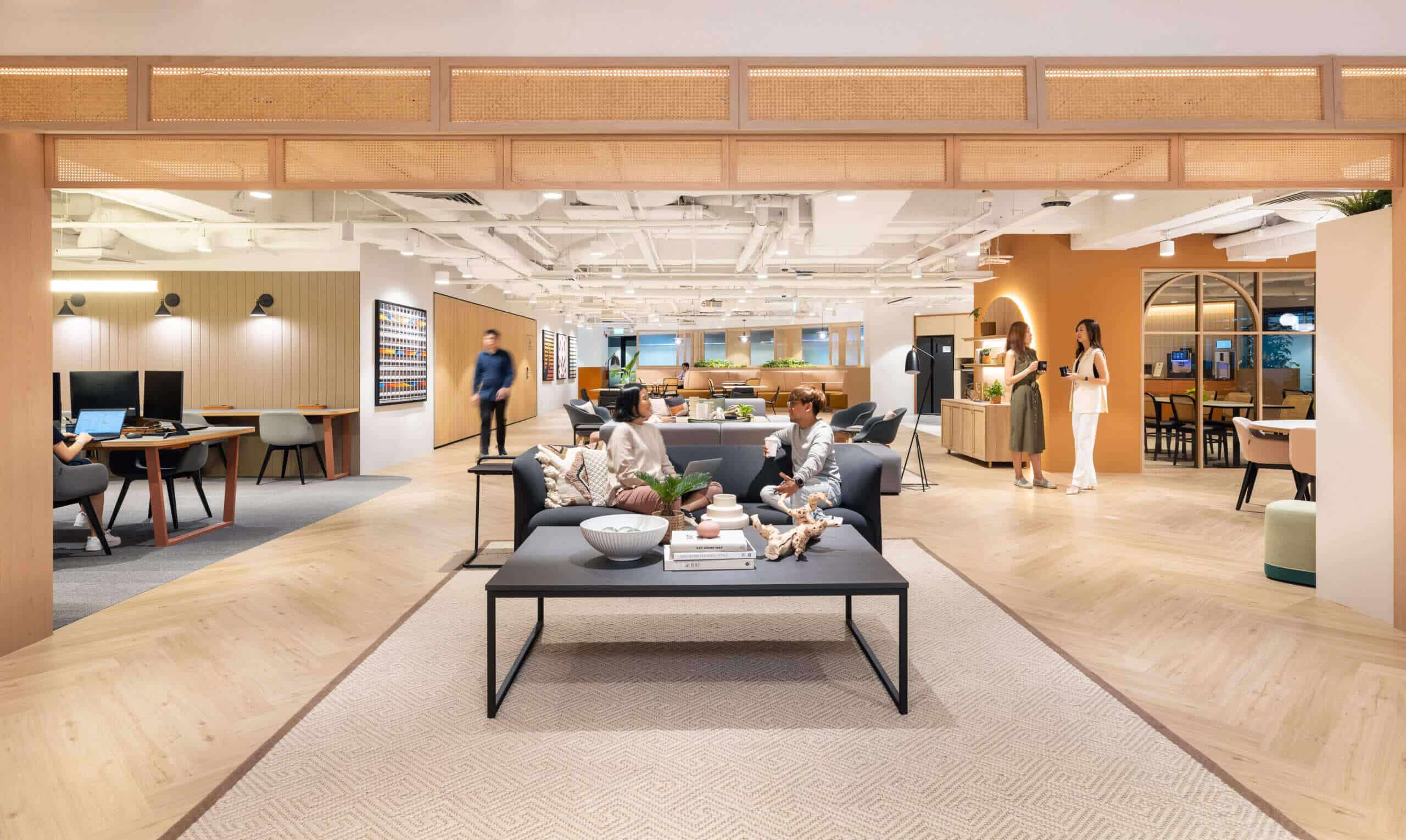Australian developer proposes gas turbines rather than renewables to power data centres

A US trend to use gas to power data centres is playing out in Australia, with a developer planning a small co-located turbine for a Southern Highlands site in New South Wales (NSW).
Cloud Carrier, alongside two related companies controlled by or associated with entrepreneur Felix Bigeni, is proposing to install two gas generators of a total 30 megawatts (MW) backed by a battery, to power 16 data centre buildings.
The two gas generators, dubbed SQE1 and SQE2, are sized at 14 MW and 16 MW, but each will have two units worth 4 MW and 7 MW respectively on permanent standby, according to environmental effects statements (EES) for each standalone project.
Both will be backed up by an 80 MW battery of unknown duration, which planning documents say will be used to sell any excess power into the grid.
The EESs say the company that will run them, Square Energy, plans to power these at least partially — one day — with green hydrogen and bio-methane from demonstration plants owned by Jemena.
The EES for the 16 MW generator and the battery and cites a statement of availability from Jemena but doesn’t detail how much green gas will be used, whether that will be biomethane, green hydrogen or both, nor when either might be made available.
The 14 MW plant is already council-approved, after a legal tangle in 2024 when the council refused a planning permit for the first stage. Planning documents for the second generator and battery were lodged in September.
There may be ambitions to add more generation to the Moss Vale site however.
The Cloud Carrier website promise the industrial hub “features onsite power generation with 300 MW+ capacity”.
Cloud Carrier did not respond to questions about the gap in promised generation, whether the company has a contract with Jemena, and why it’s chosen gas over renewable energy to power the data centres.
Previously, a spokesperson declined to answer Renew Economy’s questions, citing commercial in confidence restrictions including over the publicly available development applications.
The Cloud Carrier development is not the only data centre site in Australia putting in gas power.
ASX-listed Tamboran Resources pitched the Trump administration in January to invest in an $8 million data centre project powered by gas from its Beetaloo Basin reserves in the Northern Territory.
The pitch was for a data centre that could be used for defence and intelligence operations. The company expects first gas in 2026.
Gas for expediency
Australia’s renewable energy and transmission industry are selling themselves to data centres as the ultimate combination: a surplus of cheap, environmentally friendly electricity in a country on the doorstep of Asia.
But the trend set by the US, home to the world’s five biggest AI data centre companies – “hyperscalers” – and therefore most-sought after clients, is not necessarily for renewable energy sources.
In the US, where gas is on a resurgence thanks to changes made by US president Donal Trump, the fossil fuel is now one of the top sources of electricity for data centres there.
“We’re seeing five and six gigawatt campuses announced in the United States, entirely fired by natural gas [and] being targeted to the hyper scalers who have net zero commitments,” said David Scaysbrook, co-founder and managing director of Quinbrook Infrastructure Partners, at the Australia Clean Energy summit in July.
“Right now they need capacity, so [clean energy is] not as high a priority as it was.” He said backup power for data centres is from diesel generators because that is how it has always been done and “we don’t have time to experiment” as the industry races to meet the demands of the hyperscalers.
In Australia, Quinbrook is touting the use of solar and battery hybrids as the best option for commercial and industrial customers, and is also building the Supernode battery – expected to be Australia’s largest – on the outskirts of Brisbane with data centre demand in mind.
As Renew Economy has reported in the past, the energy sector has big plans for a data centre industry, but they’re plans the data centre industry is not necessarily buying into.
Some data centres need to be co-located with the businesses using them to store data, and this is near cities not where large scale renewables are located.
Others, such as the AI hyperscalers, have more flexibility in location. Driving their decisions to be anywhere but the US are cost of electricity and whether the proximity to Asia is important enough to set up in Australia rather than in the region itself.
More information:https://reneweconomy.com.au/australian-developer-proposes-gas-turbines-rather-than-renewables-to-power-data-centres/


